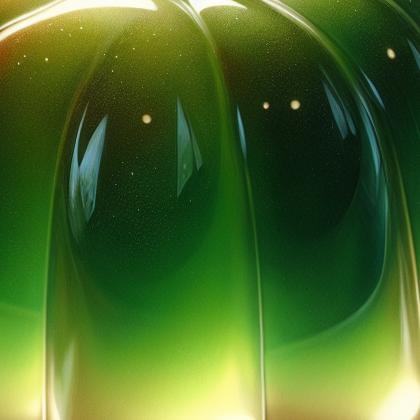Apple Gelatin

Gelatin or gelatine (from Latin: gelatus meaning "stiff", "frozen") is a translucent, colorless, brittle (when dry), flavorless solid substance, derived from collagen obtained from various animal by-products. It is commonly used as a gelling agent in food, pharmaceuticals, photography, and cosmetic manufacturing. Substances containing gelatin or functioning in a similar way are called gelatinous. Gelatin is an irreversibly hydrolysed form of collagen, and is classified as a foodstuff. It is found in most gummy candies as well as other products such as marshmallows, gelatin dessert, and some ice cream, dip and yogurt. Household gelatin comes in the form of sheets, granules, or powder. Instant types can be added to the food as they are; others need to be soaked in water beforehand. Gelatin has E number E441.
Apple gelatin Pairs With:
Apple gelatin Properties:
| Food Property | Type | Description |
|---|---|---|
| Flavor Profile | Sweet | The gelatin is sweet in taste due to the added sugar and the natural sweetness of apples. |
| Texture | Firmness | The gelatin has a firm texture that holds its shape when cut into slices. |
| Tenderness | Despite its firmness, the gelatin is tender and easy to chew. | |
| Moisture | The gelatin is moist and juicy, thanks to the moisture content of the apples. | |
| Nutritional Value | Micronutrients | The gelatin is rich in vitamins and minerals present in the apples, such as vitamin C and potassium. |
| Color | Natural Pigments | The gelatin has a natural pinkish color from the apples used in the recipe. |
| Aroma | Volatile Compounds | The gelatin has a sweet and fruity aroma, characteristic of fresh apples. |
| Chemical Composition | Acidity/Alkalinity (pH) | The gelatin has a slightly acidic pH level due to the natural acidity of apples. |
Food Pairing App - Version 1.2.0
